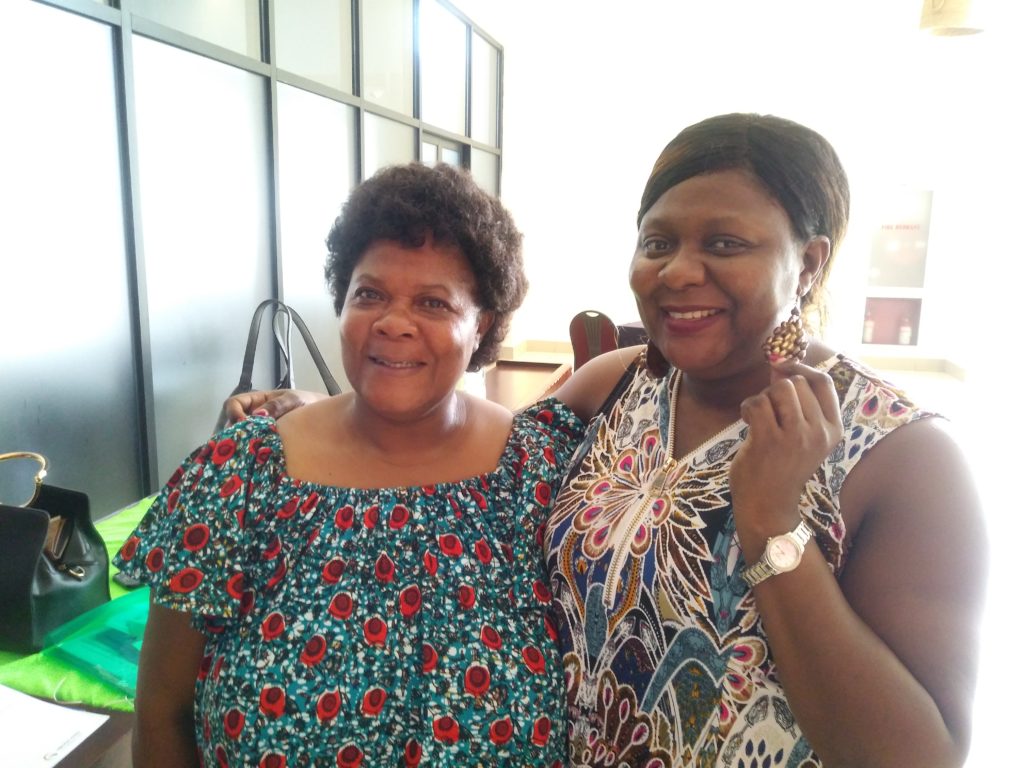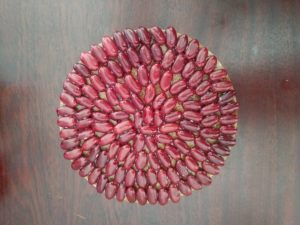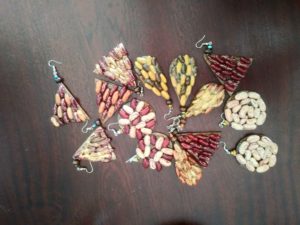By Dr. Eileen Nchanji
Climate is changing, but governments are doing very little to prepare farmers to deal with these changes. Most times the weather information is inadequate and not timely. Foresight studies which can help farmers on how to plan ahead and engage in alternative livelihood activities are recommended.
Malawi has one main planting season which starts from November/December to April/May. After these months, farmers are expected to live off the food they harvested and live off the money received from sales of some of the harvest. Some of these farmers in Malawi also practice irrigated farming, in as much as it is not a common way of farming.
I traveled to Malawi sometime early this year on a field visit with our research partners and met with Madame Grace Mijiga Mhango, a lady who knows her beans and craft too well. We got to chatting and she mentioned an interesting project she is just starting by using beans to make home décor crafts. During our tete a tete, she mentioned that most farmers in her country are smallholder; those who grow beans to sell as grains and made as little as USD$200 in a season, while those who grew seeds made slightly double (about USD$500). With no additional income, farmers have to budget and live off USD$200-500 a year. Thus, translating to USD$0.5 to USD$1.4 a day, which is below the poverty line.

Madame Grace Mijiga Mhango (left) with the writer, Dr. Eileen Nchanji wearing some of the earrings design
According to a World Bank macro-poverty forecast exercise, sixty-nine percent of the population in Malawi live below USD$1.9 a day. Most of them are smallholder farmers who constitute 60 to 90% of the population. The percentage of poverty is expected to increase as a result of droughts and floods which often affects the country. This year tropical cyclone Idai happened in May that led to the loss of crops in the farms. To reduce poverty amongst these farmers, citizens like Grace are looking into alternative sources of income such as making bean art and jewelry after the cropping season is over.
Bean art is slowing growing in popularity in rural Malawi where Grace stays. The art items are made from beans seeds or grains which can no longer be consumed or sold thus promoting zero waste. These bean seeds or grains have been eaten by insects and are no longer healthy for human consumption.
There are other items which could be made out of damaged beans to decorate the home. Artifacts on bean varieties and market classes could be made as an education tool for farmers to help them identify popular bean varieties grown or demanded in the market. It is also a great practical tool to introduce new varieties like the high iron beans currently being promoted for easier adoption.



